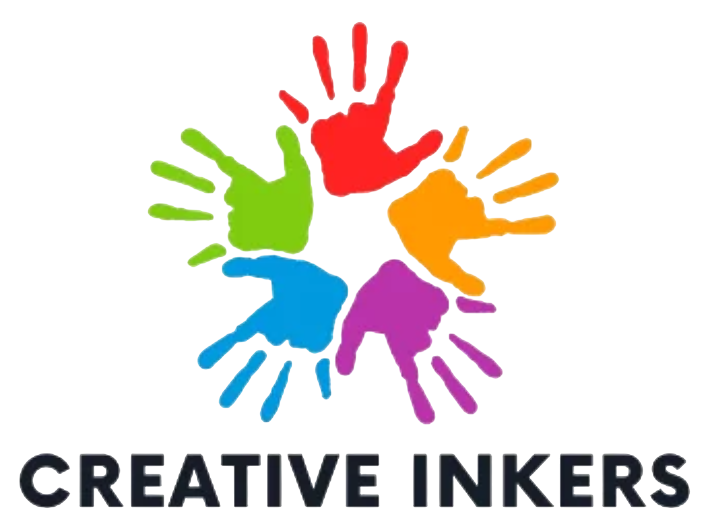Introduction
DTF (direct-to-film) transfers are increasingly popular in the garment decoration world. As a creative inker, you may want to sell DTF design files, ready-to-press transfers, or finished garments printed via DTF. But where do you start? This post examines the best marketplaces and strategies to launch a seller account focused on dtf transfers and allied products.
1. What is DTF & its market position
-
DTF uses a printer to lay ink onto a film, which is then transferred to fabric using heat.
-
Compared to other methods (DTG, screen print), DTF can print on a wider variety of fabrics.
-
Many hobbyists and small brands purchase DTF files or pre-printed transfers rather than invest in the hardware.
-
There’s a growing demand for designs tailored to the DTF printing process, such as with underbase layering, color separation, etc.
2. Which platform types suit DTF sales
2.1 Design file marketplaces (for DTF-ready artwork)
-
Creative Market, Design Cuts, Envato – list your layered/print-ready artwork.
-
You can offer PSD, TIFF with layers, or specialized DTF-ready files.
2.2 B2B wholesale / marketplace / industry hubs
-
Industry-specific platforms or forums where print shops or small brands place orders.
-
You could partner with other printers or resellers.
2.3 Etsy / general marketplaces
-
On Etsy, you can list either digital DTF files or tangible DTF transfer sheets.
-
Combine with fulfillment or printing services.
2.4 POD services that support DTF
-
Some newer POD providers support DTF printing. You can integrate and let customers order DTF prints, with the POD handling production.
-
SPOD supports multiple printing techniques including DTF. Podbase
3. Best practices for listing DTF
-
Clearly indicate whether your product is a digital file or a physical transfer.
-
For digital sellers, provide instructions, scaling notes, print specs (film DPI, resolution).
-
Provide example mockups of the final result on garments.
-
Offer bundled discounts (e.g. buy 5 designs get 10% off).
-
Provide licensing terms, including whether resale is allowed.
-
Allow for custom requests or modifications (layered PSD, color adjustments).
4. Pricing & cost structure
-
Digital files have near-zero marginal cost, so the pricing can be more generous.
-
For physical transfers, factor in transfer film cost, ink, printer usage, labor, shipping.
-
Compare your pricing to competitors and ensure margins account for platform fees and refunds.
5. Step-by-step: setting up your DTF seller account
-
Choose whether you’ll sell digital files, physical transfers, or both.
-
Pick initial marketplaces or platforms.
-
Create your seller account, verify identity, set payment method.
-
Upload initial listings with detailed specs.
-
Source or print initial transfer samples (if applicable) to verify quality.
-
Promote your product to DTF users (forums, social media, FB groups).
-
Monitor buyer feedback and quality control.
-
Scale by adding designs, exploring POD DTF integrations, or building your own shop.
6. Hybrid models & scaling
-
A seller might list digital files of designs and also offer a physical printed version for users who don’t have their own printers.
-
You can create a Shopify store selling DTF printed shirts or transfers and integrate with a fulfillment partner.
-
Over time, you can license your designs to other print shops or agencies.
7. Pitfalls & how to mitigate
-
Poor transfer adherence / compatibility with fabrics
-
Color shifts not anticipated by buyers
-
Shipping costs & damage in transit for film sheets
-
Undervaluing your work (especially for complex designs)
-
Ignoring competition and not differentiating your style / niche
Conclusion
DTF is an exciting space with growing demand. To succeed, define your product type (file vs physical), pick platforms that match your buyer profile, present professional listings, and test your products. Over time, expand to your own branded storefront and integrate with POD or printing fulfillment networks.
Start selling now on creative inkers: register – Creative Inkers













